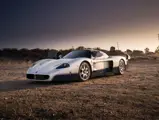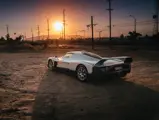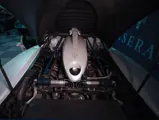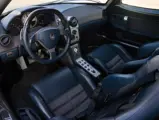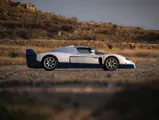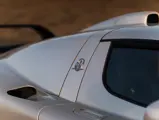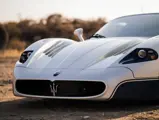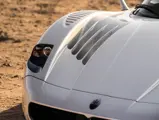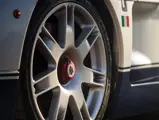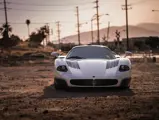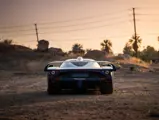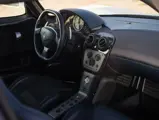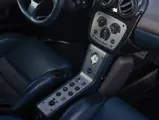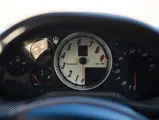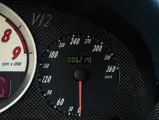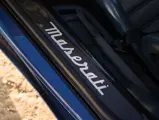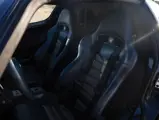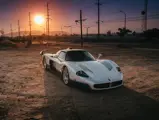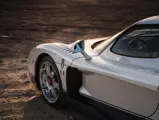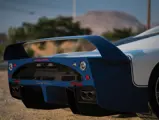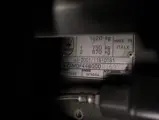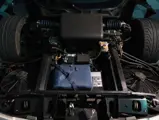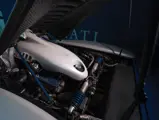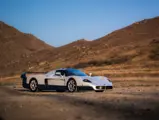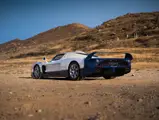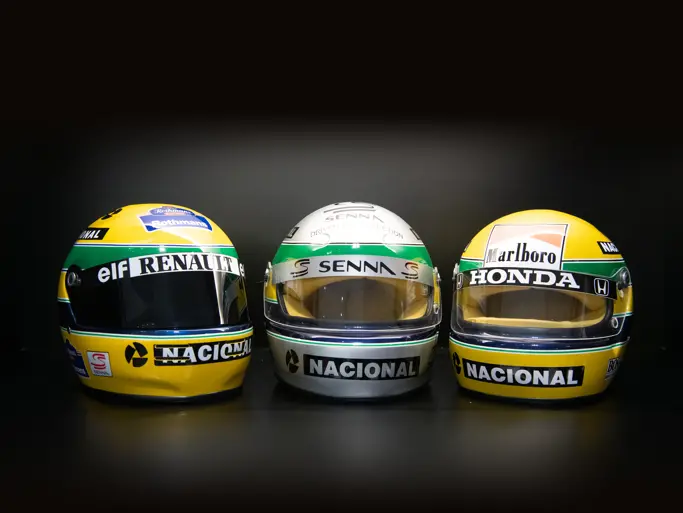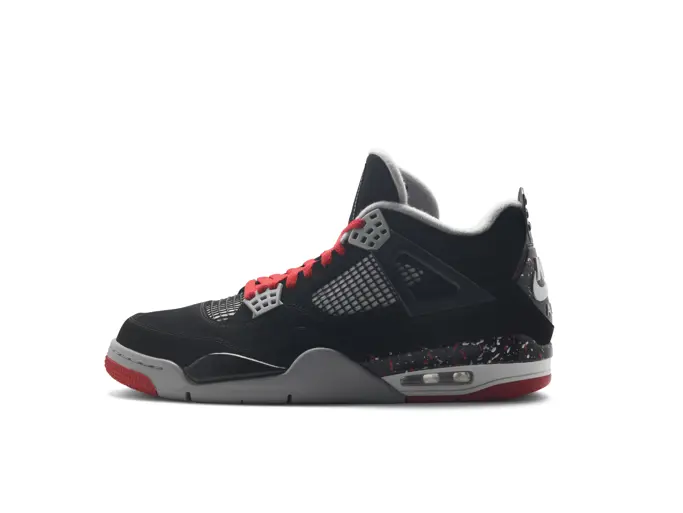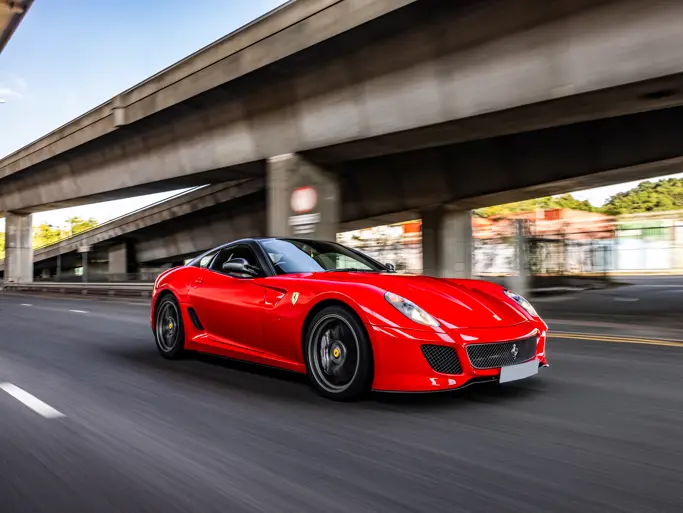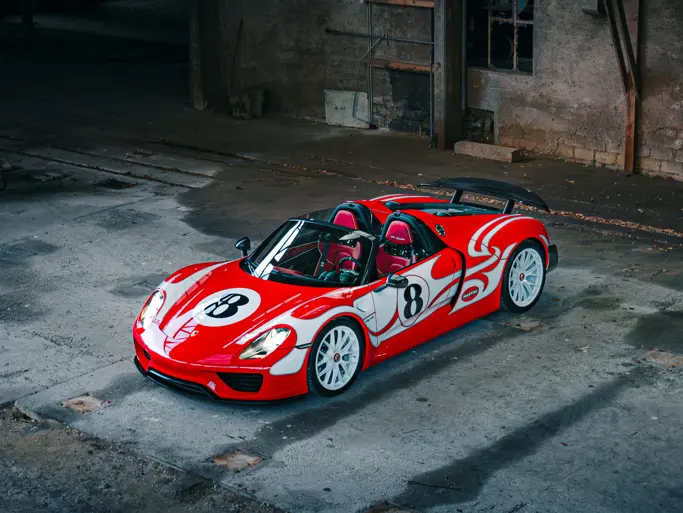Monterey 2016
2005 Maserati MC12
The Riverside International Automotive Museum Collection
{{lr.item.text}}
$1,430,000 USD | Sold
 | Monterey, California
| Monterey, California
{{internetCurrentBid}}
{{internetTimeLeft}}

- Offered from the Riverside International Automotive Museum Collection
- Purchased new by Doug Magnon; single ownership and 6,200 kilometers from new
- One of only a handful of MC12s imported under the Show and Display program
- Driven by Derek Hill with Phil Hill at Laguna Seca in 2008
630 bhp, 5,998 cc DOHC 65-degree V-12 engine, six-speed Cambriocorsa paddle-shift transmission, front and rear suspension with double wishbones, steel dampers, and coaxial coils and springs, and four-wheel Brembo cross-drilled and ventilated disc brakes. Wheelbase: 110.2 in.
When Maserati was on the rise in the mid-2000s, thanks to the success of the Spyder, Coupe, and Quattroporte, especially in the United States market, the company decided that it was the right time to produce its own supercar. Like Ferrari, Maserati was owned by Fiat S.p.A., so it only made sense for them to utilize the platform of the incredible Enzo, the gold standard of supercars, to their advantage. It goes without saying that the engineers and designers at Maserati had a big task ahead of them. How does one improve upon what is considered to be the finest Ferrari ever built?
While the MC12 may have been very similar to the Enzo in terms of mechanics, its bodywork was anything but. Designed by Frank Stephenson, the MC12 had its own dramatic look and flair. The biggest difference between the Enzo and MC12 was the presence of a removable hardtop, allowing a more visceral, open-top driving experience for driver and passenger. At the back, the MC12 had a massive rear spoiler; thanks to that and its newer proportions, the MC12 created more downforce than the Enzo.
Needless to say, the MC12 caused quite a stir amongst Maserati enthusiasts when it was first announced. As it was unequivocally the greatest road-going automobile that the company had ever built, everyone wanted their hands on Maserati’s newest supercar. The company had intended for the car to make an impact, and it did so by strictly limiting the number that would be built to only 25 cars. Each of which was hand-finished, with exacting attention to detail, and finished in a brilliant two-tone blue and white color scheme. However, apparently the urging of customers proved too much for Maserati to resist. Looking to not only please their demanding clientele, but also to celebrate the car’s racing success, Maserati eventually produced a second run of 25 cars, for a total of a still very limited 50 examples.
While the Enzo never took to the track in competition, Maserati was quick to realize the MC12’s potential. The MC12 Corsa was campaigned in the FIA’s GT and GT1 World Championship series, where it saw considerable success. With the MC12 Corsa, Vitaphone Racing secured five consecutive team championships and a sixth of the first season of GT1 in 2010. Furthermore, Maserati won the manufacturer’s Cup in 2005 and 2007 and six Drivers’ Championships, four in the FIA GT Championship from 2006 to 2009, one for the 2006 Italian GT Championship, and another in the newly formed FIA GT1 class in 2010.
Purchased new to be a part of the Riverside International Automotive Museum, Mr. Magnon’s MC12 has been both enjoyed and well cared for since day one. Imported to the United States under the Show and Display law by Classic Coach of Elizabeth, New Jersey, the car was never registered for road use in Magnon’s ownership. Instead, it saw the majority of its mileage accrued on tracks such as Pocono Raceway and Laguna Seca during associated concours and Maserati Club events, while occasionally being driven in the industrial complex surrounding the Museum to ensure that it remained in good running and driving condition. According to a small file of invoices, the car’s windshield was replaced in January of 2008. While factory records supplied by Maserati note that this MC12 was originally fitted with engine number 000075, the car is currently fitted with engine number 000090, which is strongly believed to be its original engine. Those closest with the museum who knew this MC12 from new have no recollection of an engine replacement or major engine issues to speak of. Furthermore, no service invoices noting an engine replacement could be found at the time of cataloging to support this claim.
One very interesting tidbit from this particular car’s history is that it enjoyed a lap around Laguna Seca driven by Derek Hill with his father Phil, riding in the passenger seat, in honor of his 80th birthday. At the bequest of Maserati North America, Doug Magnon generously agreed to loan them his prized MC12 for use at the Western Automotive Journalists Media Day event in April 2008. Sadly, Phil passed away that August; this is believed to be one of the last times that he was driven around a racetrack.
Today, the MC12 has remained the most impactful and memorable of all Maseratis built in the 21st century. It remains just as desirable today as it was the day it was announced and is a must-have automobile for any Maserati aficionado.
With just 50 examples produced, MC12s rarely come up for sale, privately or publicly, and a single-owner example such as this should not be overlooked.

